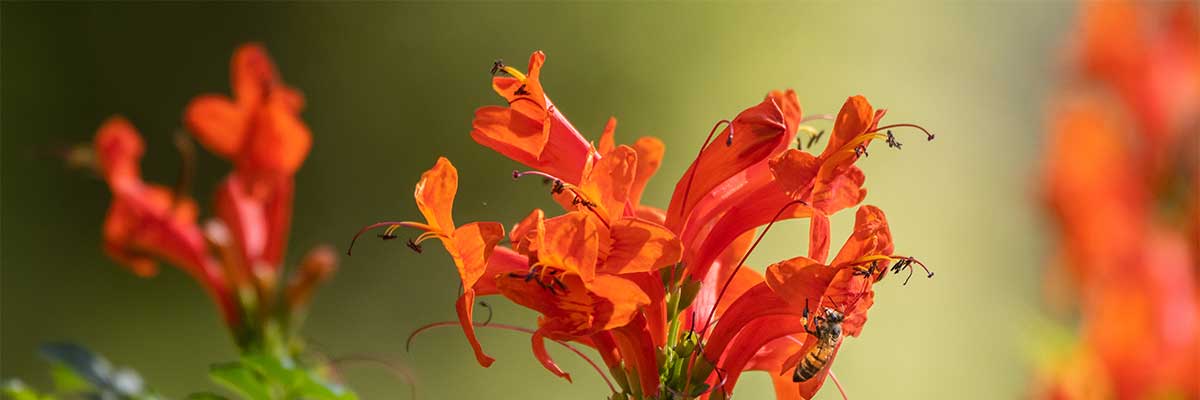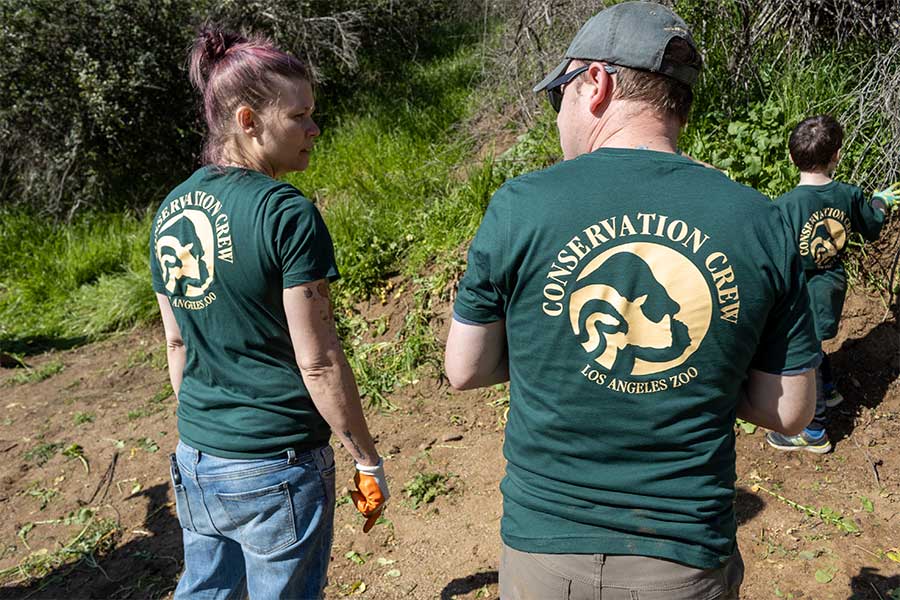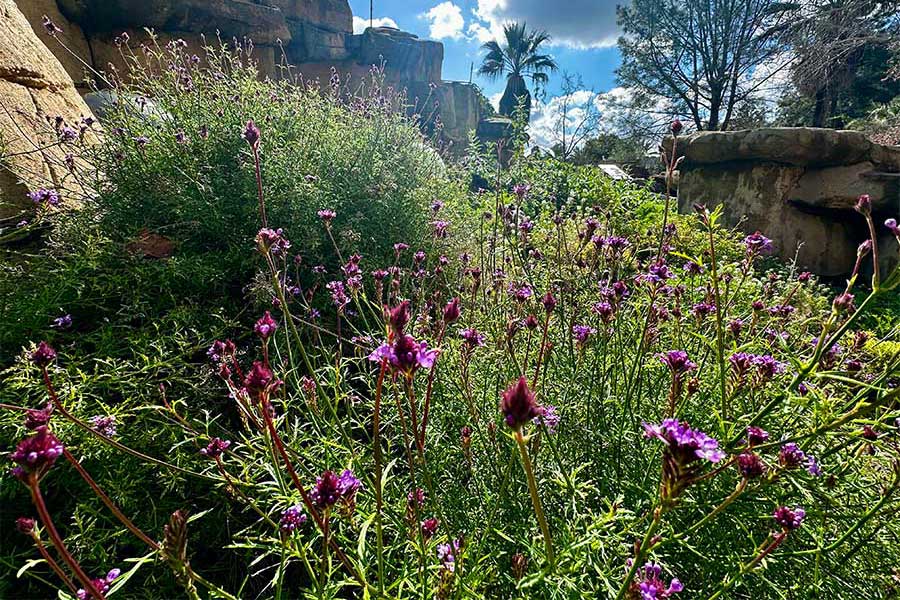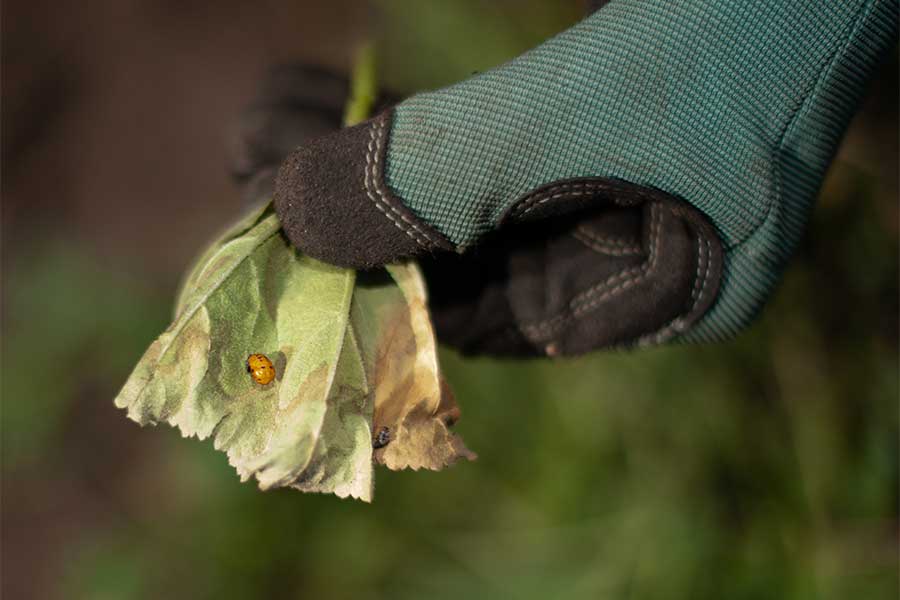Project Pollinator Resources
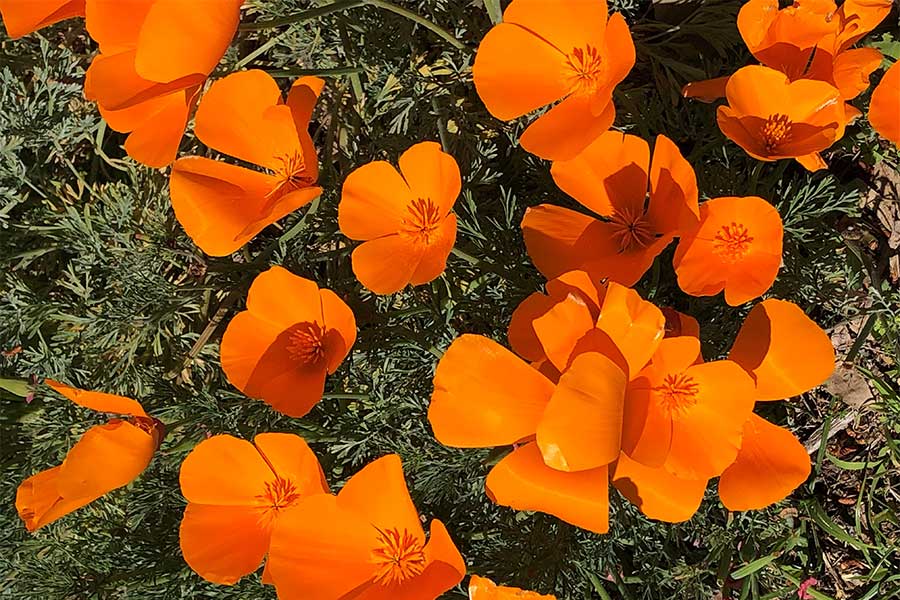
Find resources for Angelenos interested in creating native pollinator habitats in their communities.
Theodore Payne Foundation
10459 Tuxford Street
Sun Valley, CA 91352
(818) 768-1802
Hardy Californians
283 West Sierra Madre Boulevard
Sierra Madre, CA 91024
(626) 674-4504
Matilija Nursery
8225 Waters Road
Moorpark, CA 93021
(805) 523-8604
Plant Material
3350 Eagle Rock Boulevard
Los Angeles, CA 90065
Artemisia Nursery
5068 Valley Boulevard
El Sereno, CA 90032
(323) 795-5515
Hahamonga Native Plant Nursery
4550 Oak Grove Drive
Pasadena, CA 91103
(626) 657-0392
Palos Verdes Peninsula Land Conservancy Native Plant Nursery
916 Silver Spur Road
Suite 207
Rolling Hills Estates, CA 90274
(310) 541-7613
Grow Native Nursery
1500 North College Avenue
Claremont, CA 91711
(909) 625-8767
Tree of Life Nursery
33201 Ortega Highway
San Juan Capistrano, CA 92675
(949) 728-0685
Become a Community Scientist
Help record data to support wildlife and the world around us:
- Download the iNaturalist app from a smartphone app store
- Go outside and explore! Observe and take photos of the wildlife.
- Upload observations to the iNaturalist app.
Create a Native Pollinator Garden
Creating a garden at home may be challenging, especially if space is a barrier. People can use the tools and resources on this website and learn at the Los Angeles Zoo how to create a native pollinator garden at home, office, school, or community garden!
All wildlife needs four things to survive: food, water, shelter, and a place to raise young.
FOOD: In nature, plants provide important food sources, including berries, nectar, pollen, leaves, roots, seeds, nuts, acorns, and pinecones. Native plants also create an environment and provide sustenance for insects, invertebrates, and fungi. Certified habitats must include food sources for wildlife.
WATER: Your habitat also needs to include fresh water for wildlife to drink and bathe. This can be as simple as a shallow dish or bird bath with a few rocks in it to prevent insects from drowning. Or you can create a pond with native aquatic vegetation for a larger project. If you are concerned about mosquitoes, simply change the water every 5 to 7 days or install a drip or a filter that agitates the water, which prevents mosquitoes from laying eggs. Moving water is also more attractive to birds.
SHELTER: Wildlife needs a place to hide from predators, or if they are predators, a place to find prey. Plants provide this kind of cover, and they also offer protection against the elements, during times of extreme heat or rain. Be sure to plant densely to establish good cover. Brush piles, dead logs, and leaf litter provide excellent cover as well.
PLACES TO RAISE YOUNG: Many organisms rely on specific native plants to raise their young. For example, as caterpillars, monarch butterflies can only eat milkweed, while the endemic El Segundo blue butterfly relies on coast buckwheat pollen. Many birds also show a preference when nesting. Some like to lay their eggs in the tall branches of sycamore trees, while other species nest in thick shrubs like manzanita.
How to Create Healthy Soils for Biodiversity
- Switch to pest traps or choose organic pesticides.
- Certify your personal garden space.
- Plant native species.
- Select flowering plants to attract pollinators.
- Avoid over-pruning your trees.
- Learn more about biodiversity.
- Use regenerative agriculture practices.
- Plant for beneficial insects.
- Dispose of chemicals and pollutants responsibly.
Things to Consider When Creating a Native Garden
Create and Maintain Native Habitat
Plant palettes
- Use diverse, native planting palettes to support local biodiversity.
- Do not plant species listed as invasive by the California Invasive Plant Council or PlantRight.
Maintenance
- Pruning: Avoid non-essential pruning during hot, dry summer months.
- Weeding: Abate weeds on site to combat the spread of invasive species and mitigate fire risk.
Reduce ecological light pollution
- Shield outdoor lights and direct lighting downwards.
- Use warmer-colored lights.
Capture rainwater and stormwater
- Install cisterns/rain barrels.
- Create rain gardens or install stormwater planters.
- Reduce the amount of paved, impervious surfaces.
- Increase the amount of pervious surfaces.
Engage
- Learn about the City of Los Angeles’s 37 indicator species.
- Post observations of wild plants and animals on iNaturalist.
- Host a community BioBlitz.
- Certify your garden/habitat.
Bring Nature and Nature-Based Solutions to Your Community
- Add green spaces to small spaces such as rooftops, window boxes, or vertical gardens.
- Compost!
- Apply compost and mulch to your urban greenspace.
- Use sustainable and regenerative practices, including avoiding the use of herbicides, pesticides, and chemical fertilizers.
About AZA Saving Animals from Extinction (SAFE) & Project Pollinator
The L.A. Zoo’s Project Pollinator supports two SAFE programs of the Association of Zoos & Aquariums (AZA) — North American Songbird and North American Monarch.
AZA SAFE: North American Songbird
This program’s goal is to reduce the threats to North American songbirds and secure sustainable wild populations of these species throughout their ranges by harnessing the collective strengths of zoos, aquariums, and partners through supporting education and on-the-ground conservation activities on AZA facilities, in the community, and at state, national and provincial levels. For more information about this SAFE program, review the full action.
AZA SAFE: North American Monarch
This program’s goal is to take action for monarch conservation, inspire increased action throughout their communities through public education and engagement, and promote reduction of the threats to monarch butterflies with specific conservation outcomes. For more information about this SAFE program, view the full action plan.

